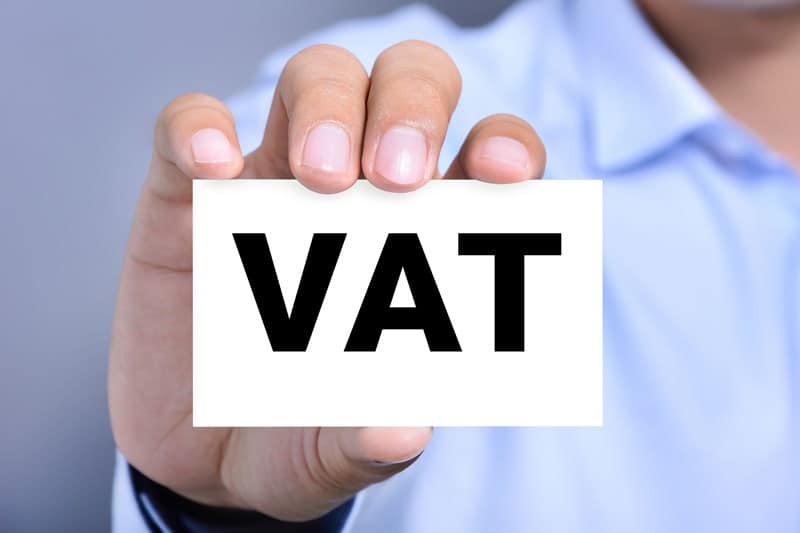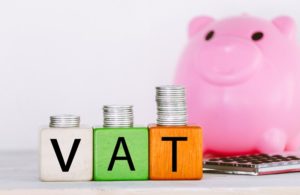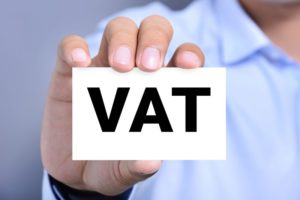There are three main special VAT schemes available to small businesses. These are the flat rate scheme, the annual accounting scheme, and the cash accounting scheme. The turnover levels for joining and leaving these schemes vary.
The flat rate scheme is open to businesses that expect their annual taxable turnover in the next 12 months to be no more than £150,000, excluding VAT. However, businesses that are already using the scheme can continue to do so until their turnover threshold exceeds £230,000 when they must leave the scheme. The purpose of this VAT scheme, is to simplify the way a business accounts for VAT and so reduce the cost of complying with their VAT obligations. With the scheme you pay VAT as a fixed percentage of your VAT inclusive turnover. The actual percentage you use depends on your type of business. Before using the scheme, it is important to check if it will be beneficial for your business.
The annual accounting scheme is also aimed at smaller businesses. It can either be combined with the flat rate scheme or used by a business, which uses standard VAT accounting. Businesses that use the scheme are only required to file one VAT return at the end of each year. The scheme is open to businesses with a taxable turnover up to £1.35 million. Businesses can then continue to use the scheme until their turnover exceeds £1.6 million.
Another popular small business scheme is the cash accounting scheme. A business can enter this scheme provided the estimated VAT taxable turnover for the next VAT year is not more than £1.35 million. It can continue to use the scheme until the VAT taxable turnover exceeds £1.6 million. Under standard VAT accounting, VAT is payable on sales whether or not the customer has paid and can lead to a need to claim bad debt relief. Under this scheme VAT does not need to be paid over until the customer has paid. If the customer does not pay, then any VAT due does not need to be paid to HMRC.







